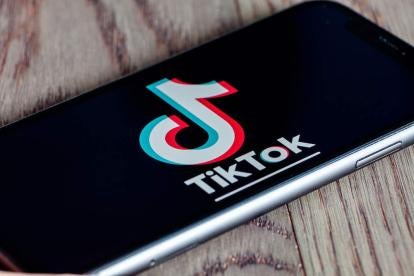Parents across the country are often on the lookout for the latest “hot” items for their kids and social media can be one-way parents find out about what’s popular. One toy that has been popular on social media is the Pop It fidget.
Some might remember the fidget spinner that peaked in popularity in 2017 (as we wrote about back then) and the controversy it caused. Although the popularity of the fidget spinner has been on the decline, it seems consumers aren’t done with fidgets just yet. A recent TikTok sensation – the Pop It fidget – is one of the most popular toys on the market right now. With a variety of colors and shapes to choose from, kids all over the country are clamoring for the new “it” toy.
But while the Pop It fidget is marketed as a stress reliever, consumers seem to be using it for everything and anything, as seen on Tik Tok. With new social media trends going viral almost every day, trends that actually promote product misuse can gain traction and become popular overnight. As product misuse becomes increasingly more publicized through social media, where does this leave manufacturers?
Product Misuse Gone Viral
Recent viral TikTok videos show consumers using the Pop It fidget as a food mold to make candy bars, an ice tray, and even a “board” to layout various marble patterns. The danger from social media is that many kids who may not typically use a Pop It fidget for an “off-brand” purpose, for example as a food mold are prompted to do so for the “likes” in hopes that their video will go viral and gain national, or even international, recognition. Couple the possibility of going viral with pandemic boredom, and best judgment often goes out the door.
With 50 million daily active U.S. users on TikTok and 115 million total active U.S. users on Instagram, social media can be an extremely powerful tool. On one hand, social media trends involving various consumer products can often be a good thing as it increases brand or product awareness. On the other hand, trends that misuse a product serve to publicize that misuse and spread it with lightning speed. Just think back to the Tide Pod challenge and the Gorilla glue challenge
What Manufacturers Can Do About Trends of Misuse
Whether a manufacturer can be held responsible for injuries that result from product misuse typically varies by jurisdiction. Product misuse may constitute either a partial or total defense in a product liability action. The key question in many cases is whether the product was misused in a reasonably foreseeable way
Generally, foreseeability includes that which is reasonable to expect, rather than everything that could possibly occur. However, with social media and the possibility of videos going viral overnight, the landscape of what is “reasonably foreseeable” can quickly change. For example, using Pop It fidgets to cook, intentionally eating a laundry detergent pod, or using a glue gun to style hair are, arguably, not “reasonably foreseeable” uses of these products. But when a video of a social media influencer using these products in an off-brand way — and encouraging others to do so — goes viral, the product misuse becomes publicized and spreads faster than ever before. Once that misuse attains widespread attention, litigants may argue that the misuse of the product has become reasonably foreseeable
Although most jurisdictions look to whether the misuse was reasonably foreseeable at the time of sale, in some jurisdictions, manufacturers can be held liable for misuse that became reasonably foreseeable after the sale of the product. In these jurisdictions, it can be prudent to consider post-sale warnings of later discovered foreseeable misuses. For example, in Temple v. Velcro USA, Inc., 196 Cal. Rptr, 531 (Ct. App. 1983), the manufacturer discovered post-sale that its closure device was being used in hot air balloons, which the device was not designed for. The manufacturer made repeat efforts to communicate the danger of this misuse to the aviation community, which included a written warning to all registered balloon owners. The court found that the warnings were adequate for the manufacturer to avoid liability
Viral trends lose popularity almost as quickly as they gain it. Manufacturers may ask themselves whether it is worth altering or even considering altering warnings and labels when today’s viral trend is on the decline and the next one is right around the corner. Either way, it is prudent for manufacturers to be vigilant about the warnings and labels on their products and to keep up with how consumers use and, more importantly, misuse their products.




 i
i


